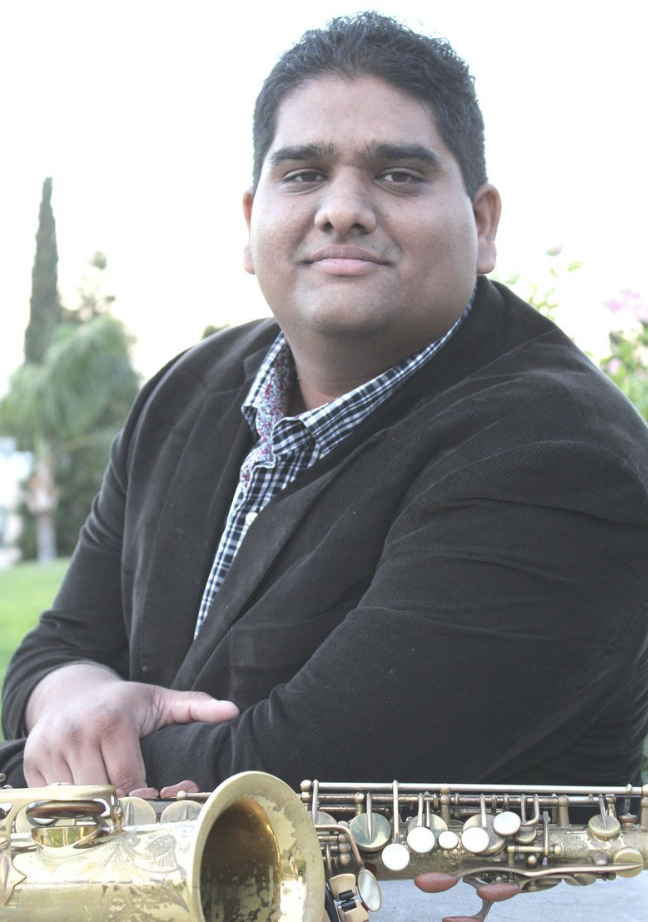|
Symphony
SRS SEASON ENDS WITH RESOUNDING TA-TA-TA-BANG
by Terry McNeill
Sunday, June 1, 2025
Symphony
YOUTHFUL VIRTUOSITY ON DISPLAY AT USO'S MAY CONCERTS
by Peter Lert
Saturday, May 17, 2025
Symphony
MYSTICAL PLANETS AND LIVELY GERSHWIN ORTIZ AT FINAL SRS CONCERT
by Peter Lert
Sunday, May 4, 2025
Symphony
VSO'S CONCERT MUSIC OF TIME, MUSIC OF PLACE
by Peter Lert
Sunday, April 27, 2025
Choral and Vocal
VOCAL ELEGANCE AND FIRE AT THE 222'S RECITAL APRIL 26
by Pamela Hicks Gailey
Saturday, April 26, 2025
CANTIAMO SONOMA SINGS AN INSPIRED GOOD FRIDAY MOZART REQUIEM CONCERT
by Pamela Hicks Gailey
Friday, April 18, 2025
DRAMATIC SHOSTAKOVICH SYMPHONY CLOSES PHILHARMONIC'S 25TH SEASON
by Terry McNeill
Sunday, April 13, 2025
LARGE COLLEGE OF MARIN AUDIENCE GREETS STOPHER ARTISTRY
by Terry McNeill
Saturday, April 5, 2025
Chamber
FRISSON DELIVERS SHIVERS OF DELIGHT
by Abby Wasserman
Sunday, March 30, 2025
OLD AND MOSTLY NEW IN SRS MARCH CONCERT IN WEILL
by Peter Lert
Saturday, March 22, 2025
|
 |
 Saxophonist Andrew Harrison |
HAYDEN'S SAXOPHONE CONCERTO AT SO CO PHIL CONCERT
by Ron Teplitz
Sunday, January 28, 2024
The Sonoma County Philharmonic produced a great program with their usual passion and dedication Jan. 27 at the Jackson Theater on Sonoma Country Day’s campus. Titled “American Shades,” it consisted of works by 20th and current century American composers.
Michael Daugherty’s Route 66 was a driving powerhouse from the first bar, starting with the musical anvil pounding out a steady beat that the trumpet’s sound danced around as they entered in a short introduction. When the full orchestra joined in, it invoked a vision of dancers whirling in syncopated synchrony. With effects like glissandos (sliding up and down between notes) and snap pizzicatos in the strings (pulling a string out and letting go so it slaps the fingerboard), it was a joyful noise. Intervals of percussion section solos added spice to the mix. Near the end, it resembled the happy frenzy of the Mambo from Bernstein’s “West Side Story.”
The tumult was followed by something most concertgoers may never hear, a saxophone concerto. In its West Coast premiere, Paul Hayden’s Concerto for Saxophone and Orchestra brought the complexities of contemporary harmonies and thematic development to bear in a cutting-edge creative work. The first of two movements, Lullaby for New Orleans is intended as salve for the victims of the Hurricane Katrina disaster. A gauzy, atmospheric accompaniment surrounded the alto solo instrument’s gentle flight in clouds of shifting color. Andrew Harrison played with warmth and agility throughout in endless cascades of sweet and swift notes.
A Passacaglia second movement with its phrases in bass line repeats, introduced that thematic phrase which persists for a while in the background until it was superseded by variations. Mr. Harrison launched into a swirling headlong rush of song, pushing the limits of his instrument’s range. Conductor Norman Gamboa deftly paced the orchestra, balancing well with the perpetually moving sax solo, and propelling the musical line along. Mr. Harrison’s cadenza dazzled with intensity. The piece ended in high speed, with the orchestra imitating the soloist’s short bursts of phrase.
Following intermission Copland’s Symphony No. 3 was in more traditional concert hall territory. This is a massive, monumental work from 1946 where every instrument has something big to say. The first movement set the stage in grand fashion, Mr. Gamboa fashioning a quiet introduction leading to themes of noble character. The second movement was played in a more active motion, ably led by the big brass section. The Philharmonic captured the familiar symphonic Copland with the wind and string solo passages singing out nicely. The players met the work’s big technical challenges, as this writer can attest from the cello section where the score instilled the curious mixture of joy and terror for players that brings a performance to life, in this case for 40 minutes.
The third movement began in misty quiet with elegant solo horn (Rachel Aragaki) and Tom Hyde’s trumpet, morphing into dance and back into the mist. The concluding fourth movement continued without a break, building up to a quote of Copland’s famous earlier piece, Fanfare for the Common Man. The playing here featured high drama from the brass and percussion sections. The movement unfolded, developing quick, dynamic sonority, culminating in an extended coda of the original fanfare motif in grand style.
|

